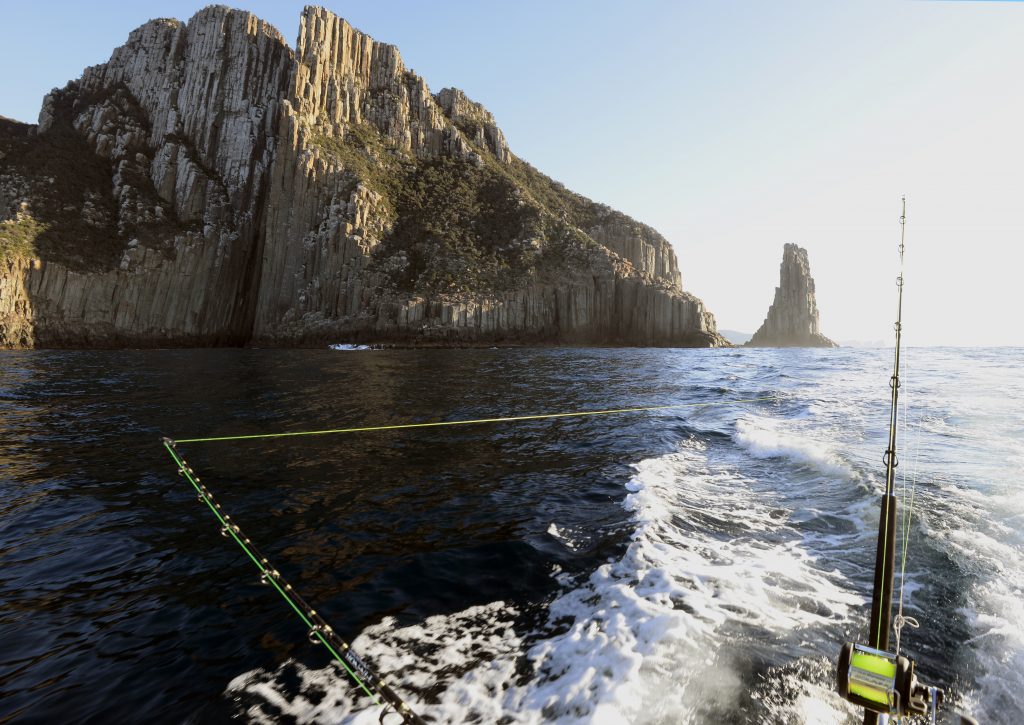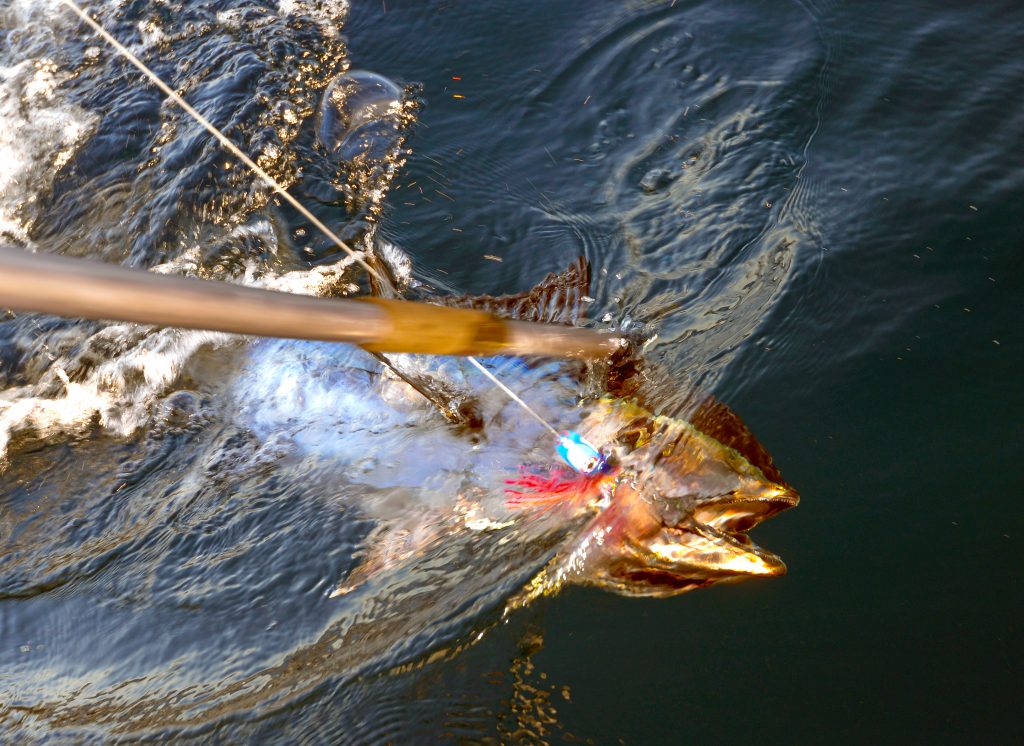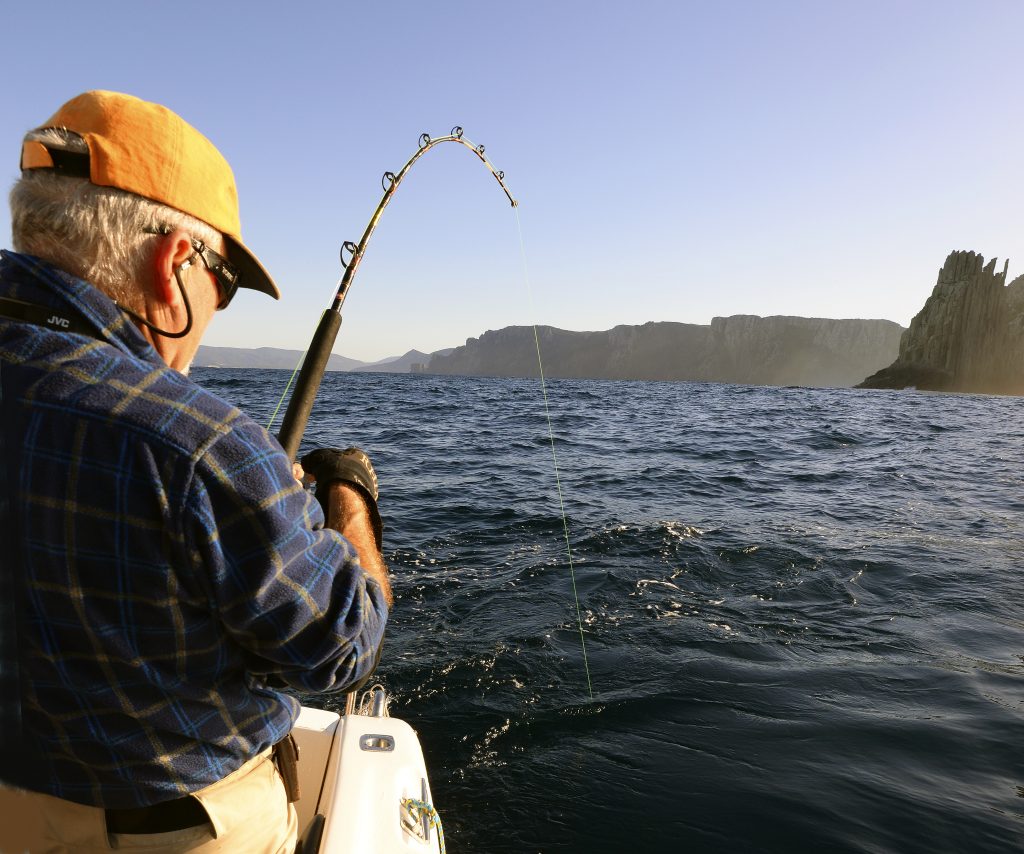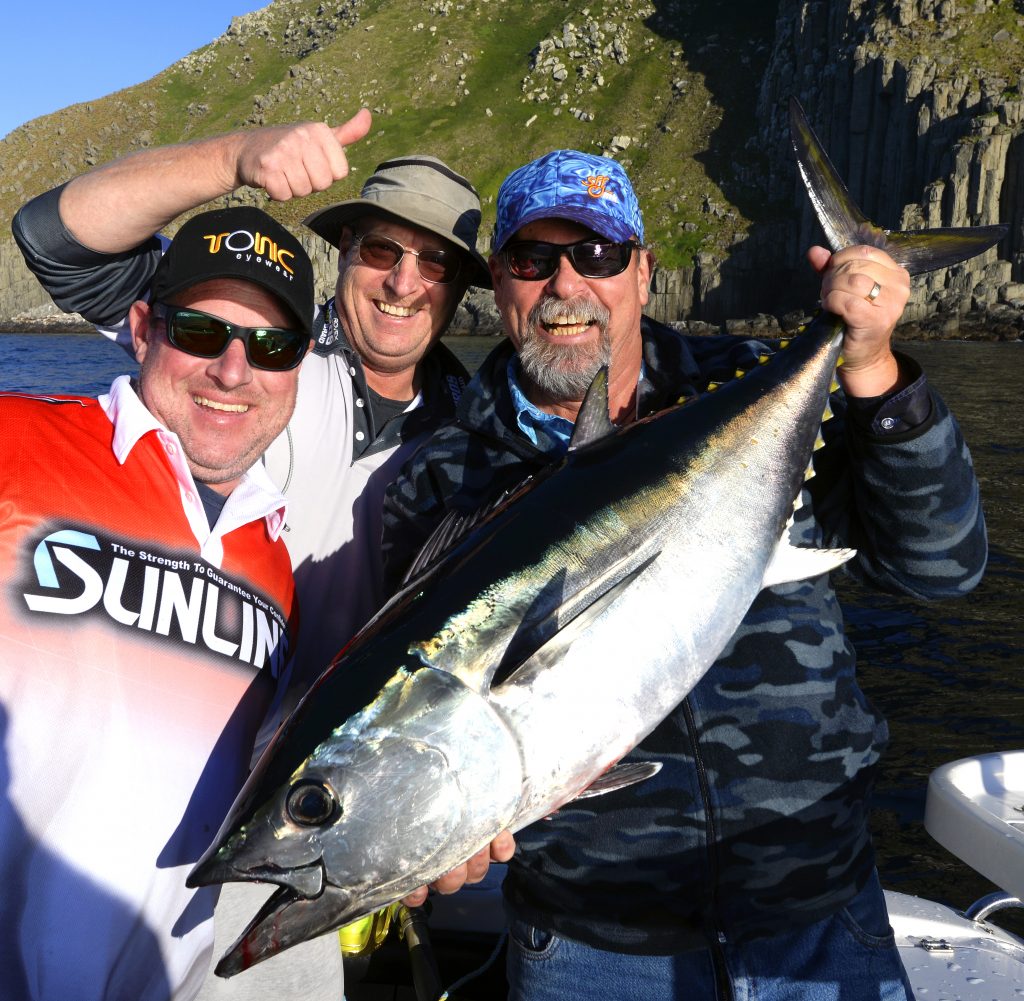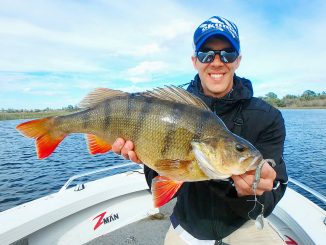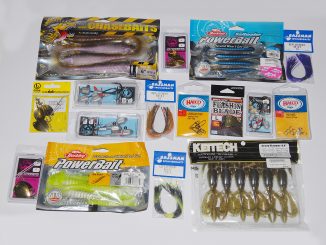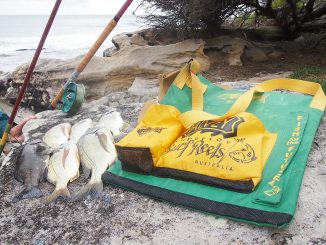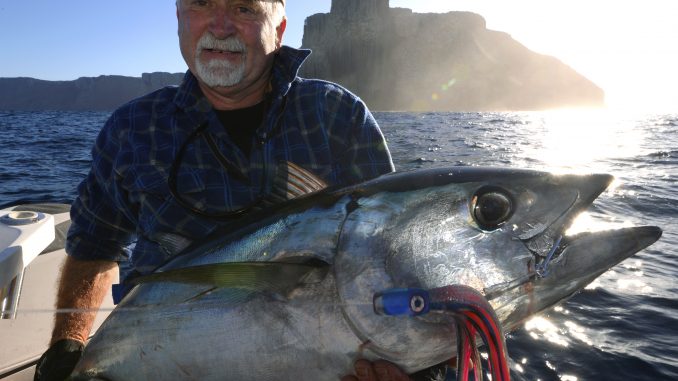
by Steve ‘Starlo’ Starling •
Trolling lures in offshore waters doesn’t have to be a matter of ‘drag it and hope.’ A few simple tricks can dramatically improve your strike rate, wherever you fish and whatever species you hunt.
Whether you’re chasing Spanish mackerel along the Great Barrier Reef, marlin off Sydney or southern bluefin tuna in Victorian and Tasmanian waters, there’s a lot more to successful offshore trolling than throwing a couple of lures out the back of the boat and blindly driving around the ocean until something finally climbs on!
As with any form of fishing, finding the best locations is a big part of any successful strategy. In offshore trolling, this means narrowing down the best water. That might involve seeking a certain temperature range or optimum water colour/clarity, and this will vary with the target species. Find out as much as you can about the fish you’re chasing and seek advice from more experienced anglers on where to start looking.
Just finding the right patch of water mightn’t be enough in itself. The open ocean is very much like a desert. There are vast, barren areas punctuated by little oases of life. Often, these concentration points occur along current breaks, at temperature fronts, over upwellings and near major bottom features such as reefs, pinnacles and sea mounts. Believe it or not, a 10 or 20m high lump on the seabed can actually influence the behaviour of fish swimming near the surface 100 or even 200m above!
Luckily you won’t be out there in the marine desert hunting all on your own. As well as other anglers in their boats, you’ll have eyes in the sky in the form of seabirds such as terns, gannets, shearwaters, frigates and albatross. These birds are all seeking the same baitfish as the pelagic predators you’re chasing and they are much better at finding them than you are! If all the birds are flying in one direction, follow them. And when you find wheeling masses of dipping, diving, feeding birds, feed the lures astern and start fishing.
Try to run a mix of different lure styles, sizes and colours. It’s always a good idea to have at least one deep diver in the mix, as well as surface-running skirted heads, rubber squid and the like. Deploy as many lines as you can comfortably handle without constantly getting tangled, but remember that all those lines will need to be cranked in when a fish is hooked. If there are only two or three anglers on board, four lines out is probably plenty.
As a rule of thumb, troll as fast as the slowest lure in the spread will allow you to go. In other words, keep increasing speed until one lure blows out of the water and begins to tumble, then back off slightly. Quicker trolling speeds cover more water and tend to attract more strikes.
Mix the distances you run your lures behind the boat, too. Don’t be afraid to set at least one lure really short, right in the prop wash. Don’t forget that your boat and motor are working like a giant teaser, creating white water and noise that will actually attract many fish.
Finally, set your drags tight enough to drive hooks home without snapping lines. About a quarter of the line’s breaking strain or slightly more is a good starting point. So, if you’re using 15kg line, set the drag on the reel at about 4kg. Once a fish has been hooked and finished its first run, the boat has stopped and the other lines have been cleared, you can ease that drag up slightly to around a third of the breaking strain of the line.
Trolling doesn’t have to be a matter of blind luck and putting in the hours. By concentrating on the details, you can dramatically increase your chances of success.

